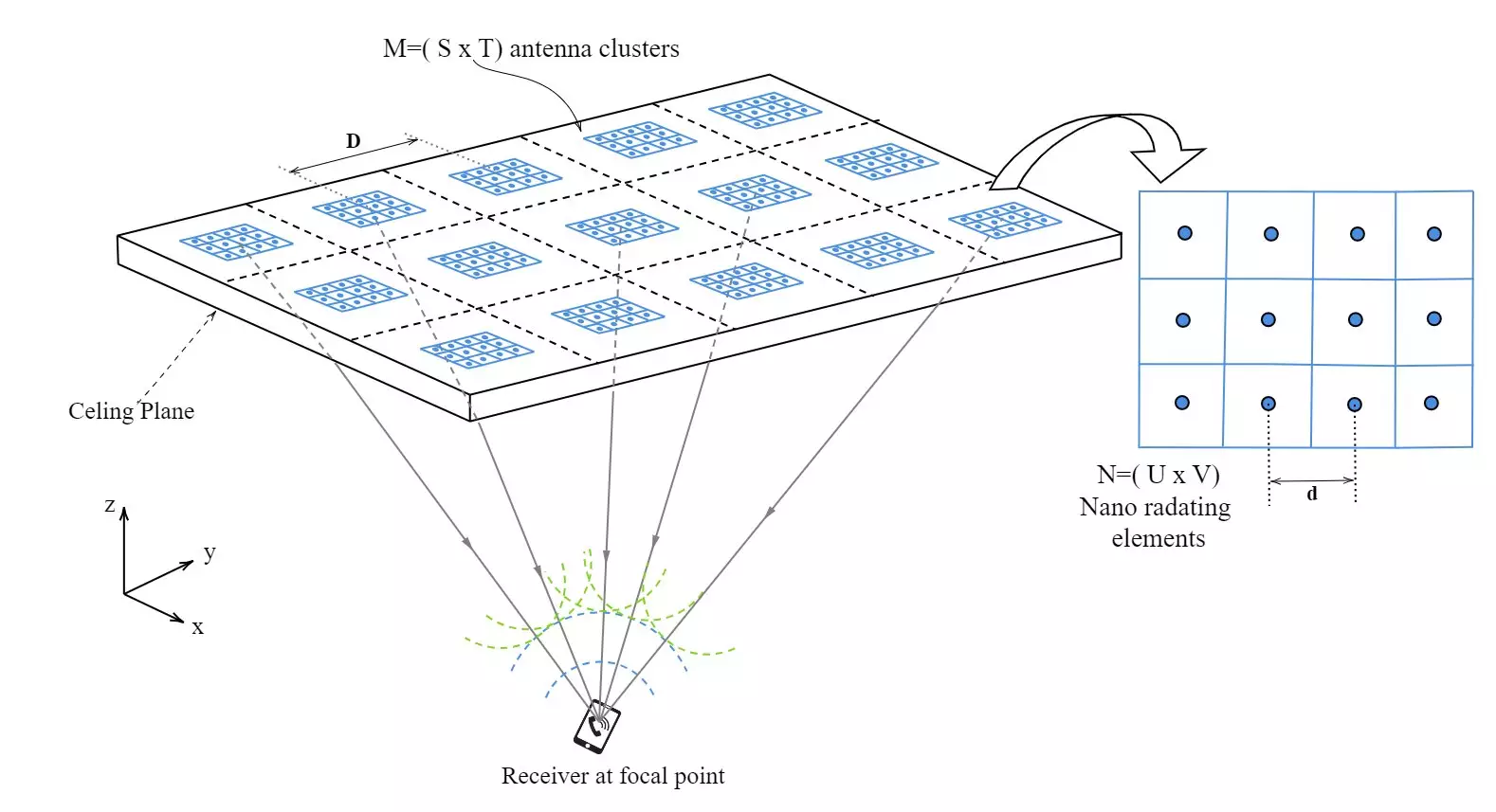As we traverse deeper into the digital age, the demand for reliable and high-speed communication has skyrocketed. Traditional wireless systems such as Wi-Fi and Bluetooth, which have long served their purpose in facilitating personal and professional connectivity, are now confronted with significant limitations. Issues like restricted bandwidth and escalating signal interference are prompting researchers and technologists to seek innovative alternatives. Enter Optical Wireless Communication (OWC), a promising technology that stands poised to revolutionize the landscape of indoor communication.
The crux of the problem lies in the inability of conventional radio frequency (RF) systems to cope with substantial data traffic. As countless devices increasingly rely on constant data streams, the congestion in Wi-Fi channels becomes tangible, often leading to frustrating delays and disruptions. The demand for more expansive bandwidth and redundancy has never been more pressing, underscoring the need for advancements in wireless communication technology. OWC offers a viable solution by utilizing light, particularly infrared (IR) wavelengths, which significantly outstrips RF in terms of data capacity and signal clarity.
Our team has pioneered a transformative optical communication system that leverages advanced infrared technology. The fundamental breakthrough of our research lies in the “phased array within a phased array” architecture, a concept reminiscent of quantum mechanics principles. This innovative design employs arrays of intricate optical antennas, organized in larger configurations, thereby generating a collaborative effect that enhances signal transmission quality. Unlike traditional systems that depend on singular transmitter units, our multi-transmitter framework fosters redundancy, significantly mitigating signal degradation caused by environmental obstacles.
The introduction of dual transmission wavelengths in our OWC framework is another hallmark of its superiority. By optimizing signal focus and stability, we ensure enhanced clarity and reliability, even when the transmitting clusters are strategically spaced apart. This strategic arrangement is critical for maintaining a coherent signal in challenging environments, allowing us to transcend the limitations of conventional RF communication.
In an era marked by environmental consciousness, energy efficiency is a central tenet of our OWC system. The incorporation of algorithms inspired by natural phenomena—such as Ant Colony Optimization (ACO)—is a game-changer. This intelligent algorithm effectively determines the activation of only the necessary transmitting clusters, thus conserving energy. This selective approach contrasts sharply with traditional wireless networks, which often operate at full capacity, wasting energy even during periods of low utilization. By minimizing excessive power consumption, our system not only improves operational efficiency but also aligns with the global drive toward sustainability.
The implications of our research extend far beyond mere communication speed; they lay the groundwork for a new era of networking applications. From healthcare facilities demanding secure and dependable connectivity to dynamic industrial environments, the adaptive nature of our optical communication technology offers endless possibilities. Furthermore, the principles we have established can be readily applied to other wavelengths, paving the way for scalable developments in future communication systems.
Ultimately, the introduction of OWC represents more than just a technical innovation; it heralds a paradigmatic shift in how we comprehend connectivity. In a world where seamless communication is paramount, our advanced optical systems promise to deliver not only superior performance but also sustainability. As technology continues to evolve, embracing such radical changes will enable us to foster more effective and sophisticated wireless networks throughout our increasingly connected lifestyles.
The future of communication lies not in the mere enhancement of existing technologies but rather in the bold exploration of novel approaches such as Optical Wireless Communication. By addressing some of the core challenges faced by current systems, our research not only propels the field forward but also inspires new avenues for advancement in the quest for a more connected world.


Leave a Reply